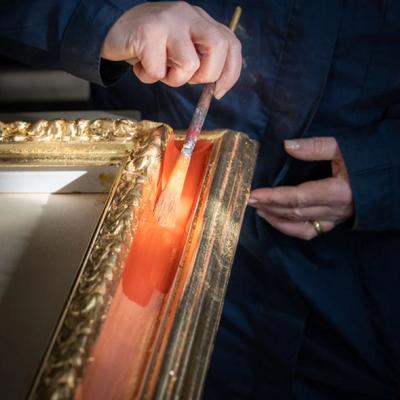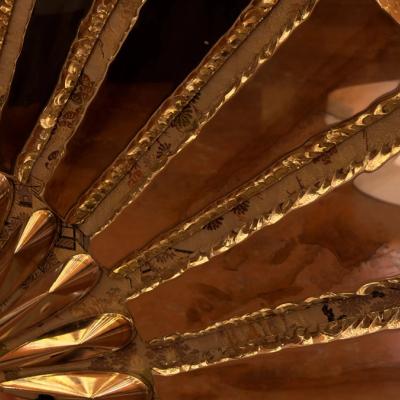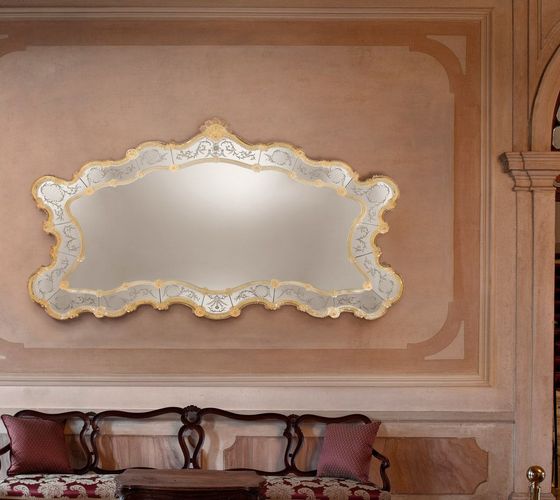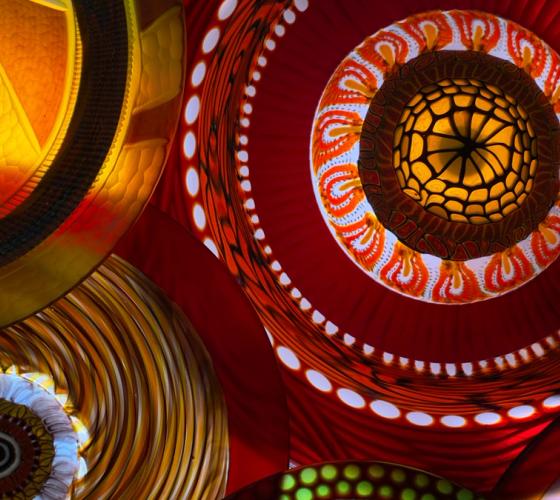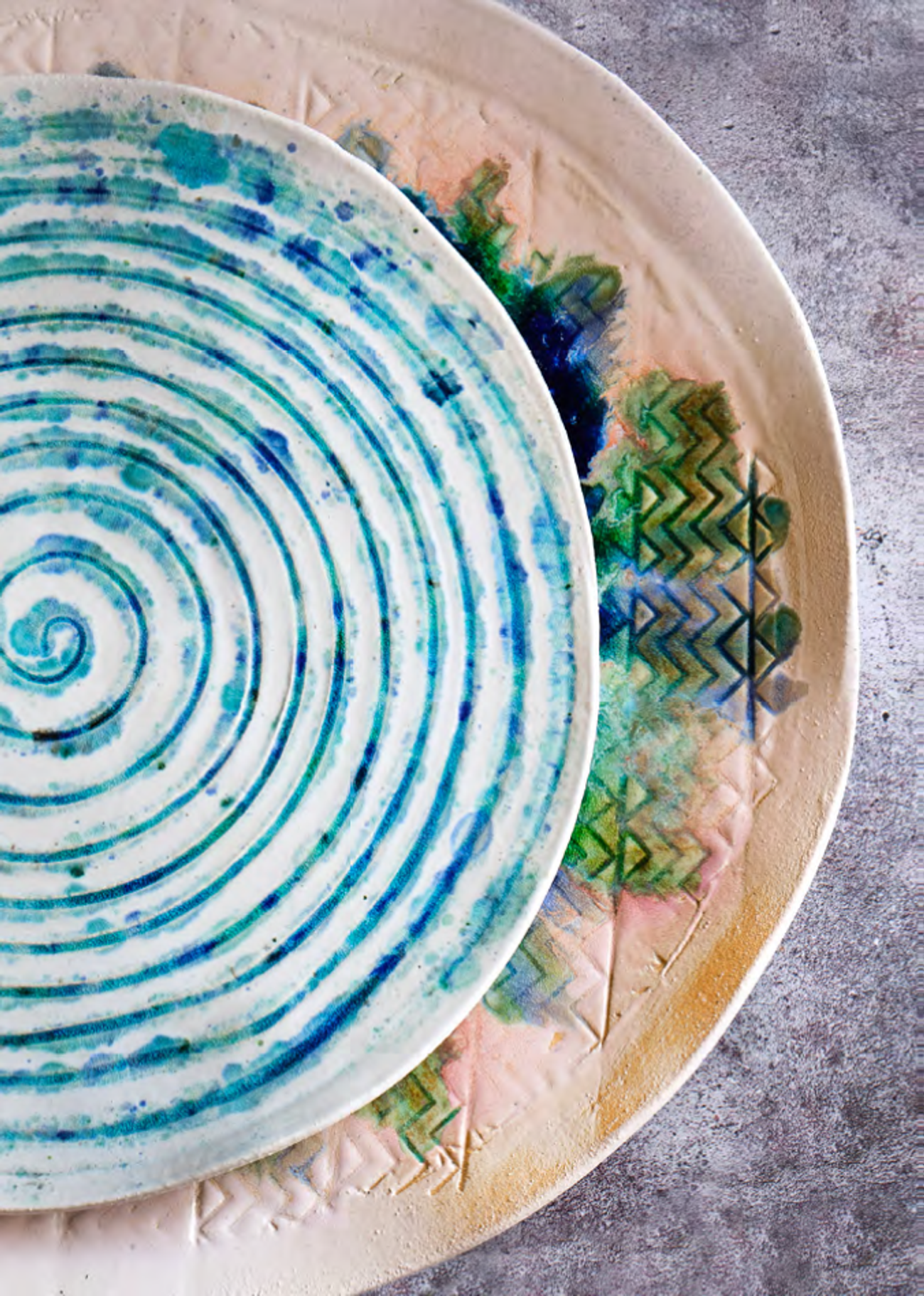
Light, Earth, and Fire: Celebrating with Objects That Tell Stories
The Substance of Celebration
In the age of ephemeral content and fleeting experiences, true celebration demands depth—rituals that resonate, atmospheres that ground us, and objects that endure. While much attention is often placed on the event itself—the guests, the setting, the cuisine—what remains overlooked is the silent infrastructure that gives shape to these moments: the objects. Among them, artisanal pottery holds a distinct power. Born of earth, shaped by hand, and transformed by fire, it embodies the alchemy of craftsmanship and the poetry of permanence. In the context of celebration, it is not mere tableware—it is a carrier of meaning, a witness to gathering.
Clay as Medium, Not Material
Unlike industrial ceramics or porcelain, pottery retains a material sincerity that industrial perfection tends to erase. The slight variations in form, the texture under the fingertips, the way glazes settle unevenly over the surface—these are not defects, but signatures of human presence. When used in celebratory contexts, such as intimate dinners, anniversaries, or collective rituals, these pieces activate a deeper sensory and emotional engagement. They reconnect us to the primal gestures of making and sharing.
Celebrating with pottery means embracing imperfection as a value. The plate is no longer a neutral support for food; it becomes a tactile landscape, a visual field, an object that asks to be noticed. Its edges, its weight, its chromatic warmth—all contribute to the choreography of the celebration.
The Role of Fire: Permanence Through Transformation
Each pottery piece is the result of a transformation through fire. In celebration, this metaphor becomes palpable: fire as a threshold, as the passage from the ordinary to the extraordinary. The firing process gives durability and character, much like how the act of celebration imprints a day with meaning and memory.
There is an elemental kinship here: celebration as transformation mirrors the metamorphosis of clay into ceramic. It’s not just poetic symmetry—it is structural alignment. Using pottery in this context creates continuity between the natural processes and human intention.
Light and Surface: A Dialogue with Atmosphere
Celebration is not static. It lives in gesture, in sound, in light. The way a handmade bowl catches the candlelight, how a matte glaze absorbs the hues of dusk, or how a reflective surface responds to daylight—these micro-interactions build a multisensory experience.
Artisanal pottery contributes to this ecosystem by creating a subtle dialogue with light and space. Unlike mass-produced tableware, it doesn’t impose; it participates. It reflects back the warmth of the gathering, the tone of the room, the intimacy of the moment. This responsiveness creates a feedback loop between space and people, grounding celebration in a physical, emotional now.
Pottery as Memory Architecture
Celebratory events—whether a birthday dinner or a wedding breakfast—depend on objects to hold memory. Handmade pottery acts as memory architecture: its uniqueness ties it to a specific moment, while its durability allows it to be carried through time. A serving platter becomes a family heirloom. A cup from a shared morning becomes a symbol of togetherness.
Unlike disposable tableware or trend-driven decor, artisanal pottery is not designed for obsolescence. It is crafted with the long term in mind, making it the perfect ally for celebrations that aspire to meaning rather than spectacle.
Sociability and Shared Symbolism
The act of sharing food and drink is as old as humanity itself. Pottery has always been at its center. In modern gatherings, the return to handcrafted tableware signifies a renewed interest in authentic connection.
More than aesthetic preference, it becomes a symbolic gesture: a plate that was made by hand holds a different energy than one printed in bulk. It reminds us that someone touched it before us, shaping it not just materially but symbolically. This tactile lineage invites a different quality of attention—a deeper respect for the moment, the meal, and the people around the table.
Download Our Handbook: Discover how meaningful objects elevate every celebration. Download Now
A Design Language of Intention
Celebration is also about designing atmospheres that feel intentional. Pottery supports this not only through materiality but through form. Rounded, open shapes invite sharing. Deep vessels suggest abundance. Earth-toned glazes ground the space. These choices are not merely decorative; they are gestures of hospitality, encoded in material form.
Designers, event planners, and hosts who think in these terms are not just arranging objects—they are curating emotional landscapes. Pottery offers a design language that speaks slowly, deeply, and memorably.
The Ethics of Choosing Pottery for Celebrations
Today, celebrating with meaning also implies celebrating with awareness. Pottery—especially when locally made and sustainably fired—offers a low-impact, high-value alternative to mass-market solutions. It represents a commitment not only to beauty but to ethics, ecology, and community.
Choosing pottery is a vote for slowness, for continuity, for making things that last. It aligns perfectly with the idea that celebrations should not be wasteful peaks of consumption, but rather conscious expressions of care—for people, for the planet, for tradition.
The Object That Listens
Pottery does not shout. It listens. It holds. It reflects. In the context of celebration, it plays a silent but essential role, supporting the ritual without overwhelming it. It reminds us that luxury is not always in excess, but in intentional presence.
To celebrate with pottery is to invite the earth to the table, to honor the fire that shapes, and to create spaces where light and human connection can flourish. In a world obsessed with speed and spectacle, these objects speak softly—but they speak volumes.
Let’s Create Something Remarkable Together: For curated objects and personalized consultancy, contact us at hello@italianicity.com.
